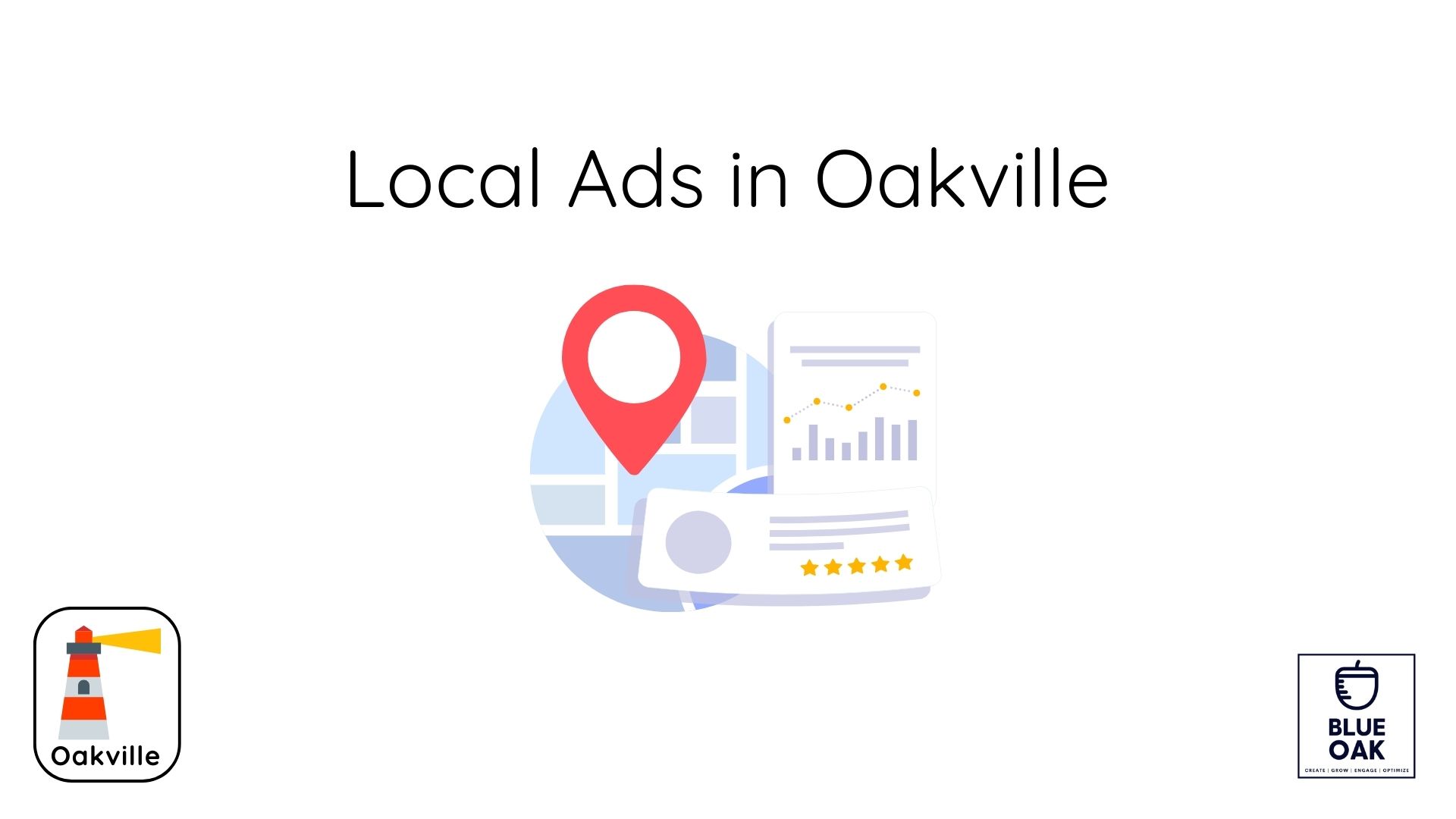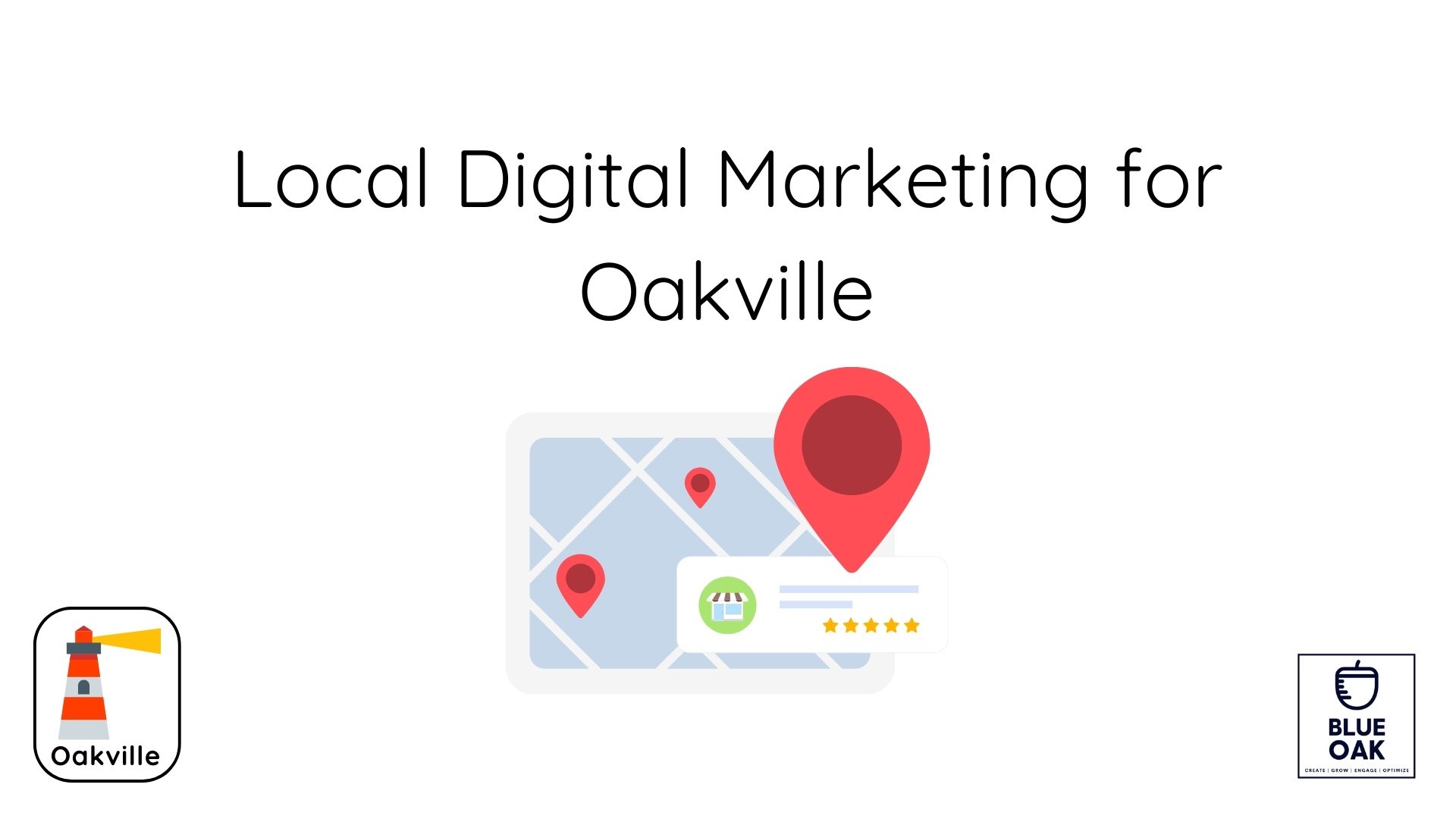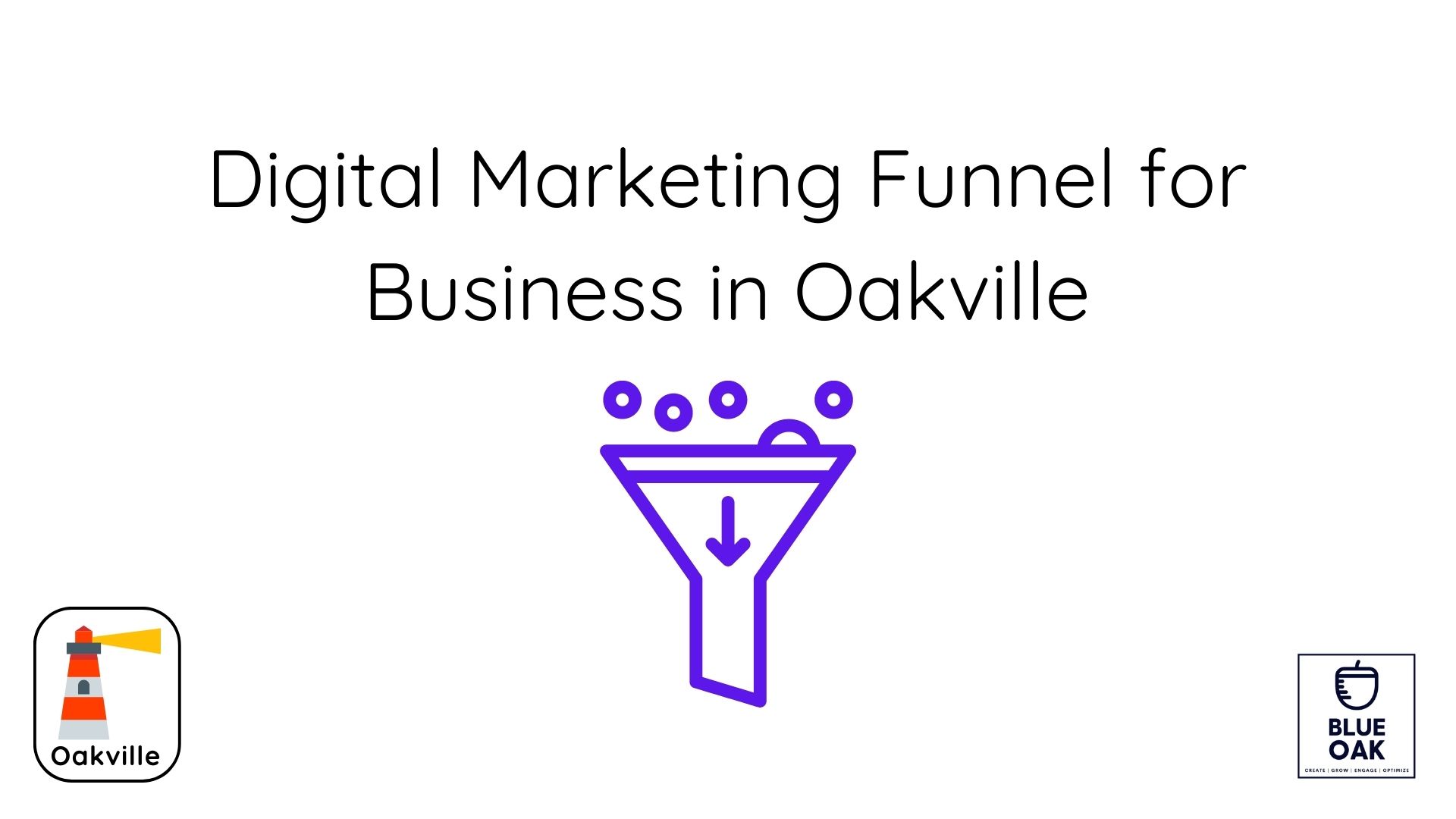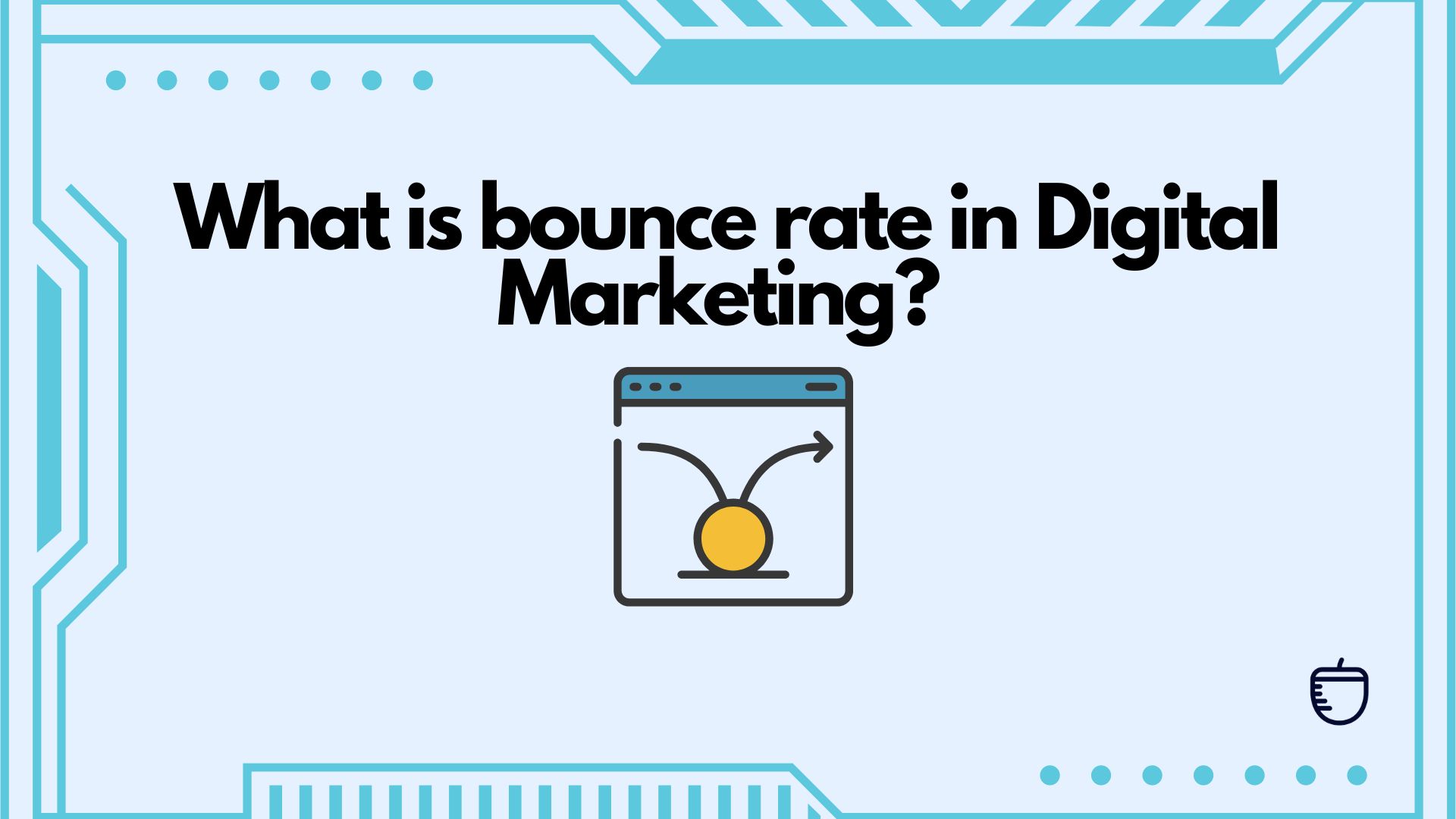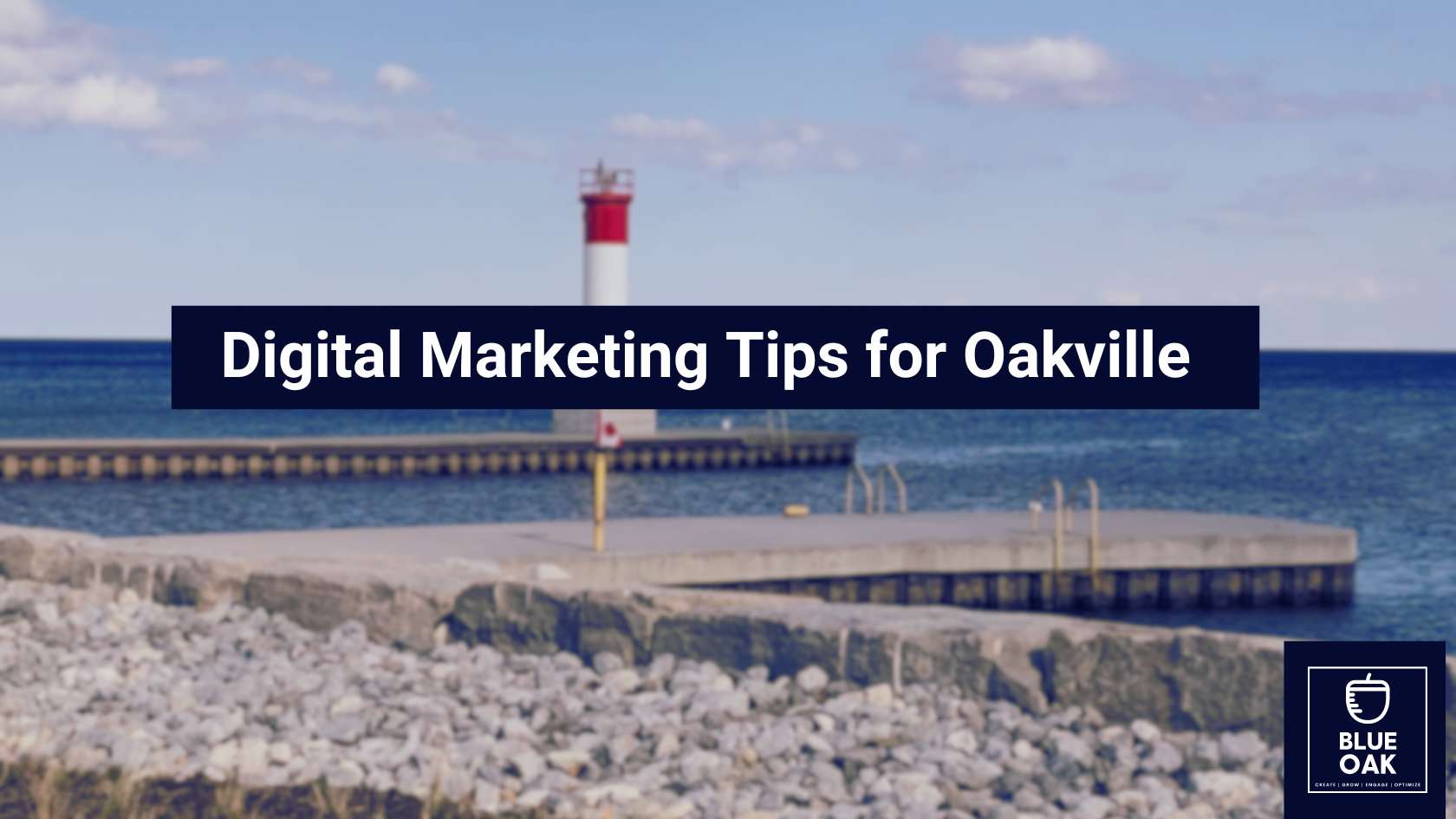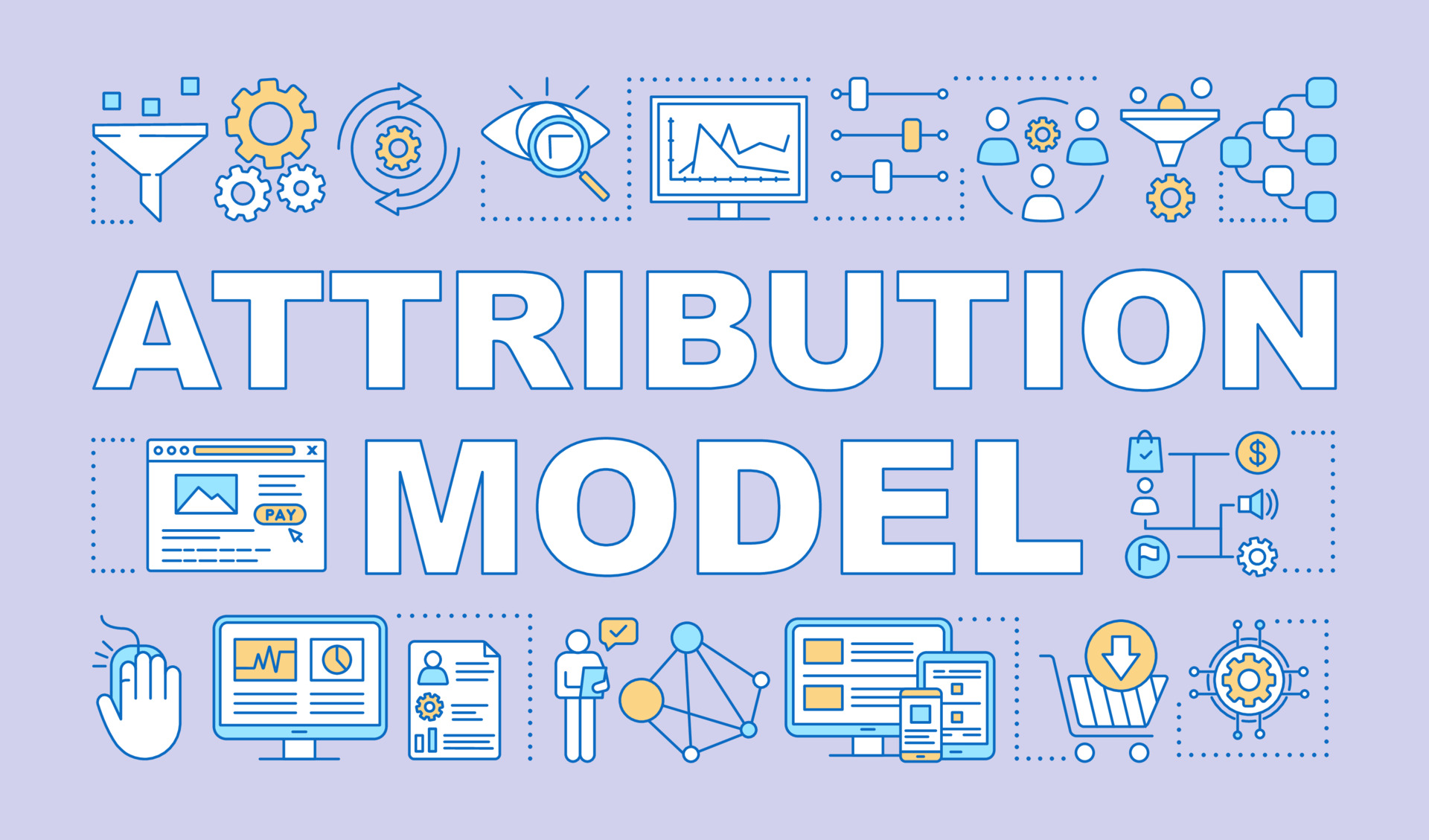What is Buyer Persona In Digital Marketing?

The key to success in the quick-paced world of digital marketing is having a solid understanding of your target market. One effective tool that allows marketers to truly connect with their customers is the buyer persona.
Table of Contents
ToggleImagine having a clear picture of your target customer—their hopes, aspirations, and pain points. With a well-crafted buyer persona, you can humanize your understanding of your audience, going beyond simple demographics to truly understand what drives them.
By diving into their motivations, preferences, and behaviors, you can create personalized marketing experiences that capture their attention, evoke emotions, and drive meaningful engagement.
In this post, we’ll get into the specifics of buyer personas in digital marketing, including their importance, how they differ from user personas, what components to include, and a step-by-step tutorial for developing a successful buyer persona.
By the conclusion, you’ll have a firm grasp on how buyer personas may completely transform your marketing initiatives, raise customer happiness, and spur company expansion. Let’s get started and explore how buyer personas may be powerful in the world of digital marketing.
What is a Buyer Persona?
A buyer persona is a fictional representation of your ideal customer, based on research, data, and analysis of your target audience. It goes beyond basic demographics and encompasses a detailed understanding of the customer’s characteristics, motivations, goals, challenges, preferences, and behaviors.
A buyer persona is created to humanize and personalize your understanding of your target audience, allowing you to tailor your marketing strategies, messaging, and offerings to better resonate with your customers.
It also explores the customer’s goals, challenges, pain points, purchasing behaviors, decision-making processes, preferred communication channels, and sources of influence.
defining buyer personas involves conducting market research, analyzing customer data, and gathering insights from surveys, interviews, and observations. By aligning your marketing efforts with the buyer persona, you can deliver targeted, personalized experiences that resonate with your audience and drive meaningful engagement.
Why are Buyer Personas important?
Effective marketing begins with understanding your customers. Buyer personas provide a framework for gaining insights into their needs, desires, and pain points. You may develop focused campaigns that connect with your audience and encourage significant involvement by adapting your marketing techniques in accordance with these insights.
What are the benefits of creating Buyer Personas:
Developing multiple buyer personas offers several benefits, including:
Enhanced targeting: Buyer personas enable you to focus your marketing efforts on the most relevant audience, maximizing your resources and improving campaign effectiveness.
Tailored messages: You may develop tailored messaging that speaks directly to your consumers’ interests, motivations, and issues by developing a thorough knowledge of them.
Improved customer experiences: Buyer personas allow you to anticipate customer needs, provide tailored solutions, and deliver exceptional experiences, fostering loyalty and satisfaction.
Why Create a Buyer Persona?
Creating buyer personas is crucial for digital marketers for several reasons. First and foremost, buyer personas enable businesses to identify and empathize with their customers, resulting in more personalized and relevant marketing content.
Moreover, buyer personas aid in streamlining marketing efforts, ensuring that resources are allocated effectively and campaigns are designed to reach the right people at the right time.
Finally, buyer personas also facilitate product development and innovation by providing insights into customer preferences, allowing businesses to stay ahead of the curve.
Understanding Customer Motivations
Buyer personas help marketers uncover the underlying motivations that drive customer behavior. By identifying these motivations, you can align your marketing messages to tap into what truly resonates with your audience, increasing the likelihood of conversions and customer satisfaction.
Personalizing Marketing Campaigns
One of the key advantages of buyer personas is the ability to deliver personalized marketing campaigns. By tailoring your messaging, content, and channels to specific personas, you can create a more relevant and engaging experience for your customers, fostering stronger connections and higher conversion rates.
Efficient Resource Allocation
Effective resource allocation is essential for marketing success. Buyer personas provide valuable insights into where your target audience spends their time, what platforms they prefer, and how they make purchasing decisions. This information allows you to allocate your marketing budget and resources more efficiently, maximizing the return on investment.
User Persona vs. Buyer Persona
Although often used interchangeably, user personas and buyer personas serve different purposes. While user personas focus on understanding users of a product or service, buyer personas are specifically tailored to identify and engage potential customers.
User personas encompass a broader scope, including non-customers and those who interact with the product in different ways, such as testers or evaluators.
In contrast, buyer personas narrow down the focus to individuals who have the intent and potential to make a purchase. Understanding this distinction is essential in developing targeted marketing strategies.
User Personas: Understanding User Needs
User personas are crafted to gain insights into the behaviors, preferences, and pain points of individuals who interact with a product or service.
They help designers and product teams create user-centric experiences by considering the needs of different user groups.
User personas are particularly useful in product development and user experience design, as they inform decisions regarding features, functionality, and usability.
Buyer Personas: Identifying Potential Customers
Buyer personas, on the other hand, are focused on identifying and engaging potential customers.
Buyer personas provide marketers with the necessary information to create targeted marketing campaigns that resonate with their ideal customers and guide them through the buyer’s journey.
Complementary Roles
While user personas and buyer personas serve different purposes, they can be complementary in certain scenarios.
For instance, a business may develop user personas to understand the needs and preferences of its existing customers, and then use that knowledge to create buyer personas that target potential customers who share similar characteristics.
By combining insights from both types of personas, businesses can develop comprehensive marketing strategies that cater to a wide range of user needs and potential buyers.
What is Included in a Buyer Persona?
A well-crafted buyer persona comprises various components that shed light on the target customer. This section will delve into the essential elements of a buyer persona, including:
Demographics
Demographic information provides a foundational understanding of your target audience. These details help paint a picture of who your ideal customer is and guide your marketing efforts to the appropriate audience segment.
Psychographics
Psychographics delve into the psychological and behavioral aspects of your target customers. Understanding psychographics enables you to create messaging and experiences that align with their preferences and resonate on a deeper level.
Goals and Challenges
Identifying the goals and challenges of your target customers is crucial for developing effective marketing strategies.
Behavior Patterns
Analyzing consumer behavior provides valuable insights into how your target customers interact with your brand, make purchasing decisions, and engage with marketing channels.
This includes understanding their preferred communication channels, online activities, content consumption habits, and purchasing patterns. By understanding behavior patterns, you can tailor your marketing efforts to effectively reach and engage your audience.
Influences and Decision-Making Factors
Buyer personas should also encompass the influences and decision-making factors that impact your target customers. By understanding these influences, you can shape your messaging and marketing strategies to address their concerns and motivations effectively.
How to Create a Buyer Persona?
To create an effective buyer persona, a systematic approach is crucial. below are the steps to create a buyer persona:
Collect Data
Start by gathering data from various sources such as customer surveys, interviews, website analytics, social media insights, and market research. This information will serve as the foundation for your buyer personas.
Identify Patterns and Segments
Next, analyze the collected data to identify commonalities, patterns, and segments within your target audience. Look for similarities in demographics, behaviors, preferences, and challenges. This segmentation will help you create distinct buyer persona profiles, ensuring that your marketing efforts are tailored to specific customer groups.
Define Persona Attributes
Based on the patterns and segments identified, begin creating individual buyer personas by assigning attributes to each profile. These attributes should include demographics (age, gender, location), psychographics (personality traits, values), goals, challenges, behaviors, influences, and decision-making factors.
Give Your Personas Names and Visuals
To make the personas more relatable and memorable, assign names and visuals that represent each persona. This will humanize the personas and make them easier to reference during marketing discussions.
Use stock photos or illustrations to create visual representations that align with the persona’s demographics and characteristics.
Craft Persona Stories
Develop detailed narratives for each persona, outlining their backgrounds, motivations, challenges, and goals. Include specific scenarios and situations that resonate with each persona, helping to understand their needs and desires better.
This storytelling approach brings the personas to life and allows your team to empathize with them on a deeper level.
Validate and Refine
Share the personas with your team and stakeholders for feedback and validation. Incorporate their insights and suggestions to refine and improve the personas further. It is essential to ensure the personas accurately reflect your target audience.
Consider conducting additional surveys or interviews to validate the personas and gather additional data if needed.
Utilize the Personas in Marketing Efforts
Once you have created validated buyer personas, incorporate them into your marketing strategies. Tailor your messaging, content, and channels to align with the preferences, motivations, and pain points of each persona.
This personalized approach will significantly improve engagement and conversion rates. Use the personas as a reference point in all your marketing decisions to ensure consistency and relevance.
Regularly Update and Evolve
Buyer personas are not static; they should be regularly updated and refined as your business evolves and new insights emerge. Customer preferences, market trends, and technologies change over time, and your personas need to reflect these changes.
Set up a process to review and update your personas periodically to ensure their ongoing relevance and effectiveness.
Applying Buyer Personas in Digital Marketing Strategies
Creating buyer personas is just the first step. To truly leverage the power of buyer personas, you need to incorporate them into your digital marketing strategies. Here are some key areas where buyer personas can make a significant impact:
Tailoring Content and Messaging
With buyer personas in hand, you can create content and messaging that resonates with each persona’s preferences, needs, and pain points.
By understanding their motivations and challenges, you can craft compelling narratives, address their concerns, and position your product or service as the ideal solution. Whether it’s blog posts, social media content, or email campaigns, personalized messaging will capture their attention and drive engagement.
Selecting the Right Channels
Knowing your buyer personas’ preferred communication channels allows you to focus your efforts on the platforms and mediums they frequent. If a particular persona spends more time on social media, prioritize social media marketing.
If another persona prefers email communication, invest in targeted email campaigns. By aligning your channels with their preferences, you can maximize your reach and impact.
Optimizing User Experience
Understanding the goals, challenges, and behaviors of your buyer personas can guide improvements in user experience. By addressing pain points and streamlining the customer journey, you can enhance satisfaction and conversion rates.
For example, if a Persona values a seamless checkout process, optimize your website’s navigation and payment flow to ensure a frictionless experience.
Refining Product Development
Buyer personas provide valuable insights into customer preferences, allowing you to refine existing products or develop new ones that cater to their needs. By aligning product features, design elements, and pricing with their desires, you increase the likelihood of attracting and retaining customers.
Regularly referencing buyer personas during product development ensures your offerings remain relevant and desirable.
Enhancing Customer Service
Knowing your buyer personas’ communication styles and preferences enables you to provide personalized and efficient customer service. Whether it’s offering live chat support, providing self-service options, or tailoring support resources to specific personas, delivering a personalized experience builds trust and loyalty.
Targeted Advertising and Campaigns
With buyer personas, you can create targeted advertising campaigns that resonate with each persona. This leads to improved click-through rates, conversions, and return on ad spend.
Measuring and Analyzing Results
Continuously measure and analyze the effectiveness of your marketing efforts for each buyer persona. Monitor key performance indicators (KPIs) such as engagement rates, conversion rates, and customer satisfaction metrics. By evaluating the impact of your strategies on each persona, you can identify areas for improvement and refine your tactics accordingly.
Best Practices for Creating Effective Buyer Personas
Creating own buyer personas requires careful research, analysis, and attention to detail. To ensure your personas accurately represent your target audience and provide valuable insights, consider the following best practices:
Validate data with quantitative and qualitative research: Supplement quantitative data (demographics, purchasing behavior) with qualitative data (interviews, focus groups) to gain a deeper understanding of your customer’s motivations, preferences, and pain points. This will add richness and context to your buyer personas.
Segment your audience: Analyze the collected data to identify patterns and segments within your target audience. Group individuals with similar characteristics, behaviors, and goals to create distinct buyer persona profiles. This segmentation allows for more targeted marketing strategies.
Use real customer quotes: Incorporate verbatim quotes from interviews or customer feedback to add authenticity and bring the personas to life. These quotes provide insights into customers’ thoughts, feelings, and challenges, enhancing the persona’s credibility.
Include both primary and secondary personas: While you may have a primary buyer persona that represents your main target audience, consider creating secondary personas that capture the nuances of other potential customer segments. This will broaden your marketing reach and ensure inclusivity.
Give personas names and images: Assign names and images to your buyer personas to make them relatable and memorable. This helps humanize the personas and makes them easier to reference during marketing discussions and decision-making processes.
Focus on motivations and goals: Understand the underlying motivations and goals of each persona. What drives them to make purchasing decisions? What are their aspirations and desired outcomes? This knowledge will inform your marketing strategies and help position your offerings as solutions to their needs.
Update personas regularly: Buyer personas are not set in stone. As your business evolves and customer preferences change, revisit and update your personas to ensure they remain relevant. Regularly validate and refine the personas based on new data and insights.
Share personas across departments: Buyer personas should not be limited to the marketing team alone. Share them with sales, product development, customer service, and other relevant departments. This fosters a customer-centric mindset across the organization and aligns efforts to better serve your target audience.
Continuously evaluate and iterate: Regularly measure the effectiveness of your marketing strategies and campaigns for each buyer persona. Analyze key metrics and feedback to identify areas for improvement and iterate on your approaches. Buyer personas are dynamic tools that require ongoing assessment and adjustment.
By following these best practices, you can create accurate and impactful buyer personas that drive meaningful results in your digital marketing efforts.
Final Thoughts
In today’s competitive digital world, understanding your target audience is essential for successful marketing. When you identify Buyer personas, you provide a framework for gaining deep insights into your ideal customers, enabling you to create personalized and impactful marketing strategies. By going beyond demographic data and delving into psychographics, behaviors, motivations, and challenges, buyer personas empower you to connect with your audience on a deeper level.
It is important to remember that buyer personas are not one-time creations. They should evolve and adapt as your business grows and your target audience changes. Regularly reviewing and updating your buyer personas ensures their ongoing relevance and effectiveness.
By incorporating buyer personas into your digital marketing strategies, you can tailor your content, select the right channels, optimize user experiences, refine product development, enhance customer service, and target advertising campaigns. This customer-centric approach leads to increased engagement, improved conversions, and strengthened customer relationships.
Start implementing buyer personas today and unlock the true potential of your digital marketing endeavors. Let your understanding of your customers guide your strategies, and watch as you establish a competitive edge, drive engagement, and achieve remarkable growth in your business.
Frequently Asked Questions about Buyer Personas
To provide further clarity and address common queries regarding buyer personas, here are some frequently asked questions and their answers:
What is the difference between a buyer persona and a target audience?
A target audience refers to a broad group of individuals who share common characteristics and may be interested in your products or services. A buyer persona, on the other hand, is a detailed representation of an ideal customer within your target audience. While a target audience provides a general overview, a buyer persona delves deeper into the specific motivations, behaviors, and preferences of an individual within that audience.
Can buyer personas be based on fictional characters?
While buyer personas are fictional representations, they should be rooted in real data and insights gathered from research and analysis. Creating personas solely based on fictional characters can lead to inaccurate representations of your target audience. It’s important to ground your personas in real-world information to ensure their relevance and effectiveness.
How often should I update my buyer personas?
Regularly updating your buyer personas is crucial to keep them aligned with evolving customer behaviors and preferences. Aim to review and update your personas at least once a year or whenever significant changes occur in your target audience or market. Monitor industry trends, conduct new research, and gather customer feedback to ensure your personas remain accurate and relevant.
How can I validate the accuracy of my buyer personas?
Validation of buyer personas is essential to ensure their accuracy. One effective way to validate personas is by conducting surveys or interviews with your target audience. Ask specific questions related to their motivations, challenges, and preferences to see if the personas accurately reflect their responses. Additionally, gather feedback from your sales and customer service teams to validate the personas against their interactions with customers.
Can buyer personas be used for offline marketing?
While buyer personas are often associated with digital marketing, they can also be applied to offline marketing efforts. The insights gained from buyer personas can guide your offline marketing strategies, such as print advertisements, direct mail campaigns, event sponsorships, and even in-person sales interactions. By understanding your target audience’s preferences and motivations, you can deliver relevant and compelling offline marketing experiences.

